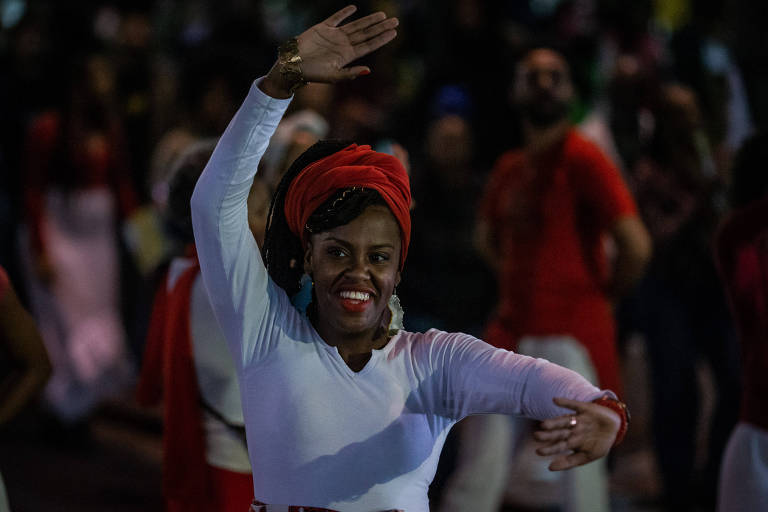Black women move about R$ 704 billion per year in Brazil, according to a survey made by the Locomotiva Institute, at the request of Folha. The value, estimated from the intersection of income and consumption data, represents about 16% of national consumption.
But the president of the institute, Renato Meirelles, says they have greater financial decision-making power than perceived, as many manage household purchases and influence relatives' spending. "Black women make a huge market, but they are not on the radar of companies," he says, who is also a publicist.
They form the largest group in the population. They account for nearly 60 million people — 28% of Brazilians, according to the National Statistics Institute (IBGE). But they are the ones that suffer the most from unemployment and those that receive the lowest wages. In the executive boards of the 500 largest companies in Brazil, their presence is 0.4%, according to a 2015 Ethos Institute survey.
Only 7.4 percent of television commercials feature black women. The data comes from the Todxs research, from the Heads agency, obtained exclusively by Folha.
The study looked at 2,999 commercials on the Globo and Megapix channels from February 22-28, 2019. According to the survey, racial diversity increases to 81% when there are multiple people.
The disconnect is perceived: 83% of black consumers say that women in advertising are very different from them, according to the Locomotive survey, which surveyed 1,001 black women in 46 cities between August 5 and 15. The margin of error is 2.6%, within a 90% confidence interval.
Translated by Kiratiana Freelon
